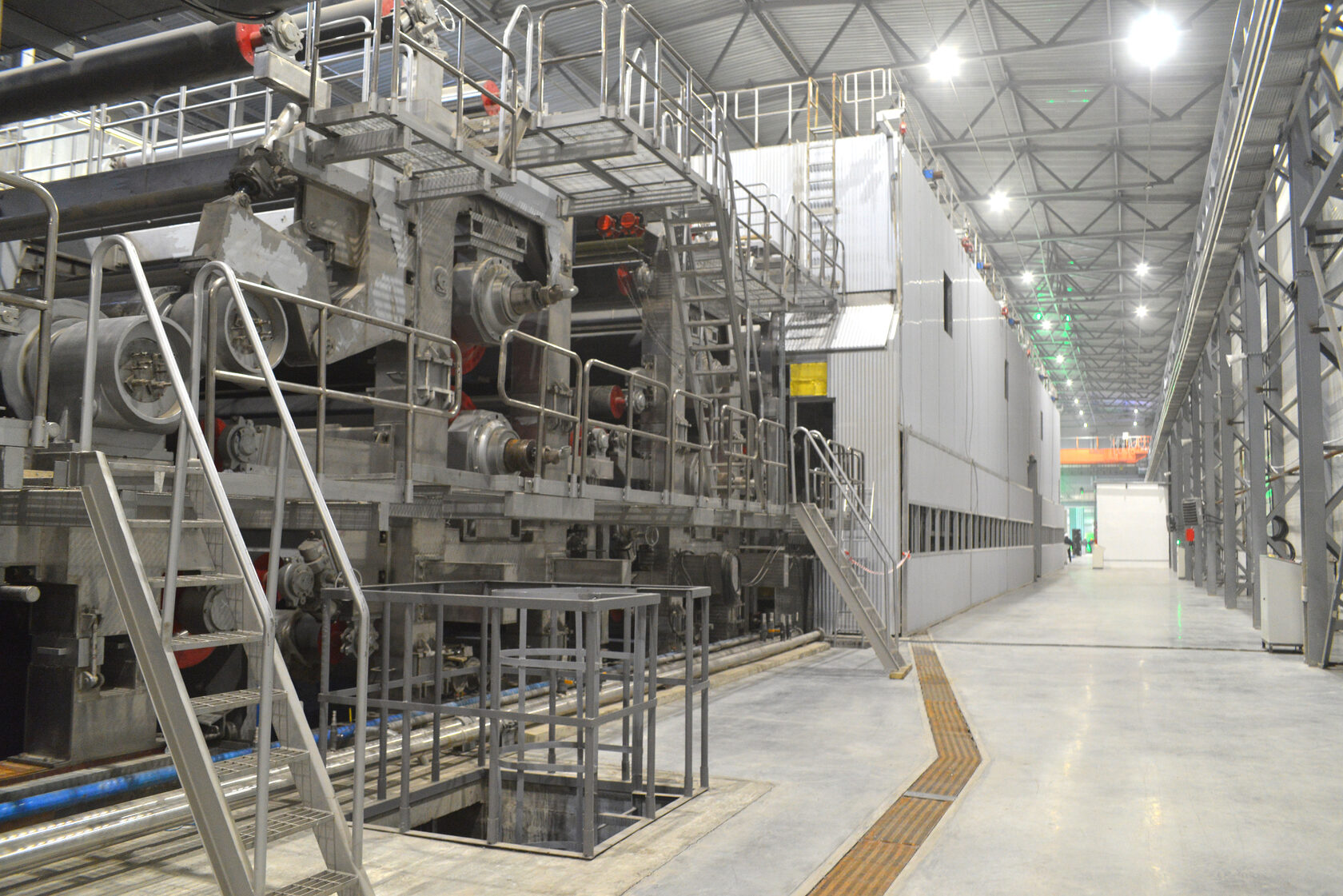Investment and Innovation Council under the Governor of Kuzbass have approved the construction of wastewater treatment facilities in Kemerovo at a cost of 386 million rubles for the industrial park «Zapadniy» and its anchor resident – Kuzbasskiy SKARABEY plant.
Subsidies for the implementation of project will be allocated from the federal and the regional budgets. All the work is expected to be finished by the end of the year. The newly created infrastructure will become municipality property.
80% of the facilities with a capacity of 3 000 m3/day will be used by Kuzbaskiy SKARABEY and 20% – by other residents of the industrial park. Currently Kemerovo manufacturer of paper and cardboard has not its own wastewater treatment facilities – Kuzbasskiy SKARABEY uses neighboring chemical giant KAO «AZOT» system for effluent discharge.
«Paper producing is impossible without water, – emphasized Dmitriy Razuvaev, General Director of Kuzbasskiy SKARABEY. – however new facilities will allow to reduce significantly water intake and discharge to our main water artery – Tom River».
In spite of Kuzbasskiy SKARABEY is ecofriendly manufacture and its wastewater is relatively harmless, treatment facilities are necessary because of several reasons. First of all it will allow to return up to 70% of the purified water to a technological cycle that meets corporate resource-saving policy. When the first production line was put into operation 22 cubic meters of water was spent for each ton of production. After the technology had been improved the consumption was reduced to 10 m3/ton. New facilities will allow to reach the figure of 5-6 m3 per 1 ton. Taking into account the increase in production capacity of the enterprise from 27 thousand tons to 105 thousand tons of products in the current year and further increase to 500 thousand tons/year by 2029 the figures would be impressive.
Another important reason is reducing of monthly fee for using AZOT wastewater treatment system. The savings can be invested in the development of the industrial platform or social programmes for employees.
Subsidies for the implementation of project will be allocated from the federal and the regional budgets. All the work is expected to be finished by the end of the year. The newly created infrastructure will become municipality property.
80% of the facilities with a capacity of 3 000 m3/day will be used by Kuzbaskiy SKARABEY and 20% – by other residents of the industrial park. Currently Kemerovo manufacturer of paper and cardboard has not its own wastewater treatment facilities – Kuzbasskiy SKARABEY uses neighboring chemical giant KAO «AZOT» system for effluent discharge.
«Paper producing is impossible without water, – emphasized Dmitriy Razuvaev, General Director of Kuzbasskiy SKARABEY. – however new facilities will allow to reduce significantly water intake and discharge to our main water artery – Tom River».
In spite of Kuzbasskiy SKARABEY is ecofriendly manufacture and its wastewater is relatively harmless, treatment facilities are necessary because of several reasons. First of all it will allow to return up to 70% of the purified water to a technological cycle that meets corporate resource-saving policy. When the first production line was put into operation 22 cubic meters of water was spent for each ton of production. After the technology had been improved the consumption was reduced to 10 m3/ton. New facilities will allow to reach the figure of 5-6 m3 per 1 ton. Taking into account the increase in production capacity of the enterprise from 27 thousand tons to 105 thousand tons of products in the current year and further increase to 500 thousand tons/year by 2029 the figures would be impressive.
Another important reason is reducing of monthly fee for using AZOT wastewater treatment system. The savings can be invested in the development of the industrial platform or social programmes for employees.
